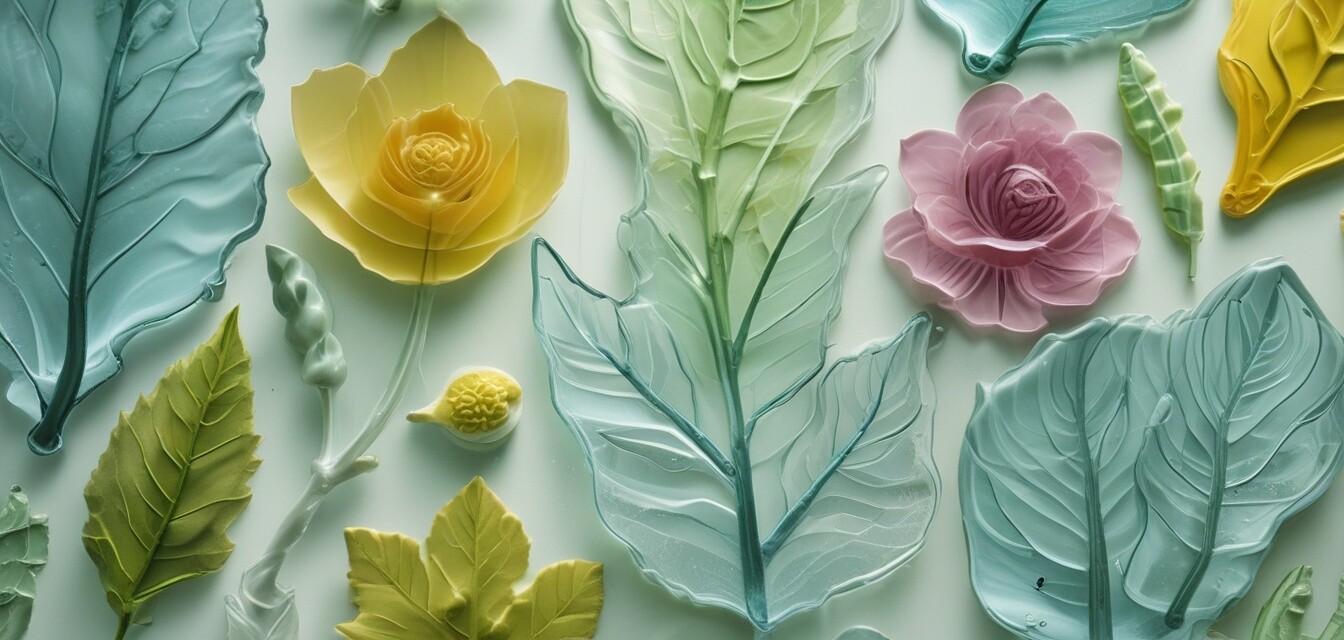
Finding Inspiration: Nature-Inspired Glass Mold Designs
Key Takeaways
- Nature serves as a limitless source of inspiration for glass mold designs.
- Organic shapes can enhance the aesthetic appeal of glass art.
- Experimenting with different textures and forms leads to unique creations.
- Glass molds can be created for a variety of projects, including bowls and decorative pieces.
Nature has a unique way of inspiring artists, and for glass makers, it can unlock a treasure trove of design possibilities. From the intricate designs found in leaves to the fluid shapes of flowing water, nature offers diverse elements that can be beautifully translated into glass mold designs. Let’s explore how you can draw inspiration from the world around you and infuse it into your glass creations.
The beauty of organic shapes
When designing glass molds, consider how organic shapes can bring a touch of nature into your work. Here are several aspects of organic shapes that lend themselves perfectly to glass art:
- Flowing lines: Nature often features soft, flowing lines that can be mimicked in your mold designs.
- Textural elements: Incorporating texture can add depth and interest to your glass pieces.
- Natural motifs: Shapes inspired by flowers, leaves, and shells can bring beauty and elegance to your glass art.
Examples of natural shapes for molds
Below are examples of shapes derived from nature that can inspire your glass mold designs:
| Natural Shape | Description | Potential Applications |
|---|---|---|
| Leaf Shape | Curvilinear forms with pointed ends resembling leaves. | Bowls, decorative plates, or wall art. |
| Wave Form | Sinuous curves mimicking the flow of water. | Functional glassware or abstract sculptures. |
| Flower Petals | Soft, rounded edges that resemble petals. | Jewelry, coasters, or artistic centerpieces. |
| Geological Patterns | Layered designs that reflect the textures of rocks and minerals. | Cast glass art pieces or functional objects with a rugged aesthetic. |
Using colors inspired by nature
The colors found in nature can also play a crucial role in your glass projects. Consider these natural palettes:
Nature-Inspired Color Palettes
- Earth Tones: Browns, greens, and yellows resembling soil and foliage.
- Ocean Hues: Blues and turquoises that reflect sea and sky.
- Floral Colors: Soft pastels and vibrant shades inspired by flowers and plants.
- Seasonal Shades: Rich oranges and reds from autumn leaves or icy blues from winter.
Incorporating textures
Textures found in natural surroundings can significantly enhance the visual interest of your glass art. Here are some textures inspired by nature you can replicate in your molds:
- Rough stone: Create uneven surfaces to imitate rocky terrains.
- Smooth pebbles: Use gentle curves for a polished look reminiscent of river stones.
- Bark patterns: Emulate the lines and ridges found in tree bark for interesting surface designs.
Finding resources and inspiration
To aid your creative process, it’s essential to gather resources and find inspiration. Here are some avenues you can explore:
- Research glass kilns suitable for your projects.
- Browse our collection of glass molds to see a variety of designs.
- Look for various glass sheets and supplies to experiment with colors and textures.
- Visit local parks or nature reserves for direct inspiration from your surroundings.
- Join online communities and forums to share ideas and gain feedback from fellow glass artists.
Conclusion
Drawing inspiration from nature allows glass artists to create unique, mesmerizing pieces that resonate with the beauty of the natural world. By infusing organic shapes, natural colors, and exciting textures into your glass molds, you can elevate your glass art to new heights. Get out in nature, observe your surroundings, and let your creativity flow!
Pros
- Diverse sources of inspiration from any natural environment.
- Endless possibilities for unique glass designs.
- Ability to create art that resonates emotionally with viewers.
Cons
- Can be challenging to replicate intricate natural designs.
- Requires a certain level of skill and creativity to execute ideas.
- Material selection may limit the realization of some designs.

